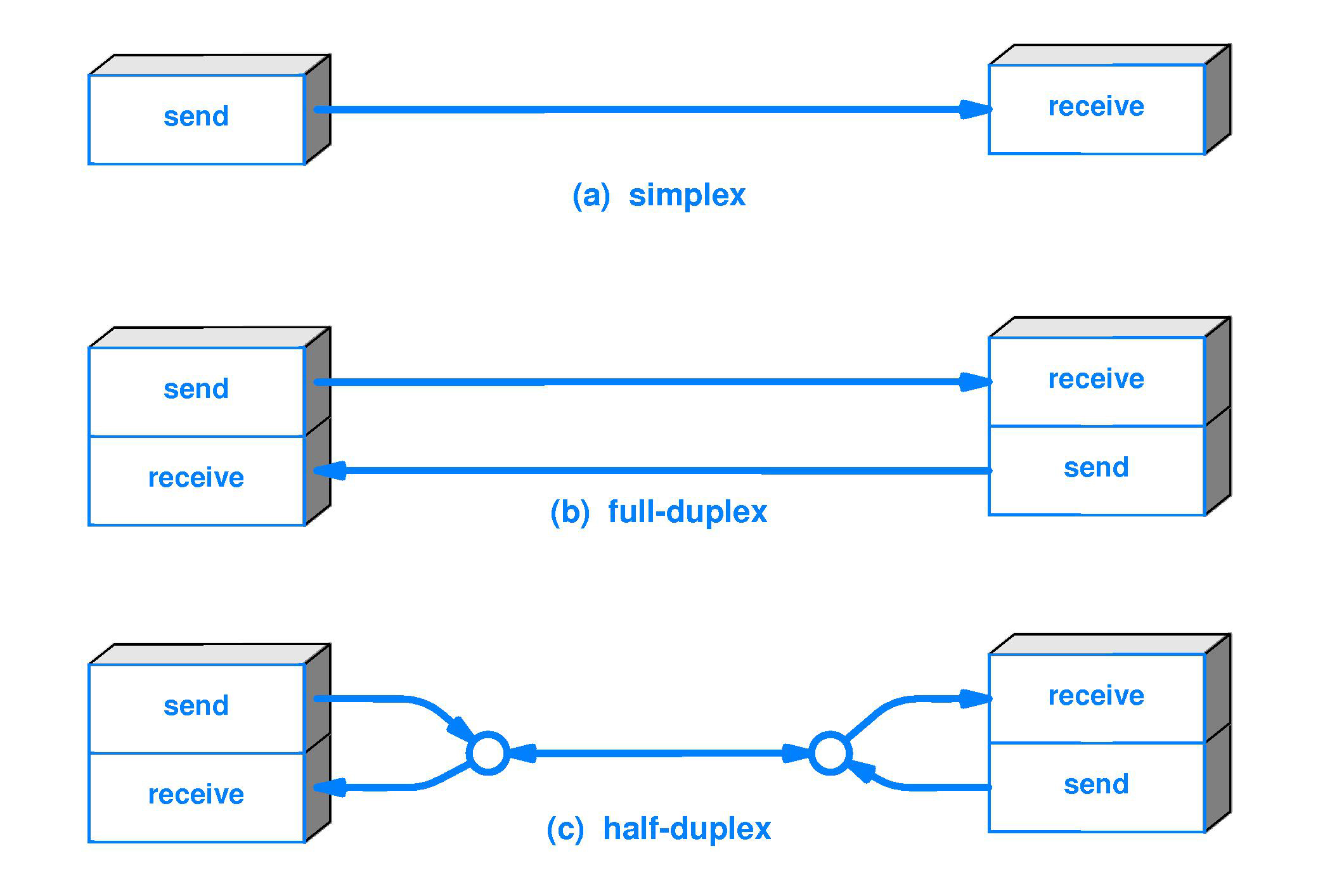
Simplex, Half & Full Duplex Communication Explained
In the realm of communication, whether it’s between humans or machines, the efficiency and effectiveness of transmitting information play a crucial role. Simplex, half duplex, and full duplex communication are terms that often come up in discussions about data exchange methods. Each has its own unique characteristics and use cases, making them essential concepts to grasp, especially in the age of rapidly evolving technology. In this blog, we’ll break down the differences between these communication modes and explore when to use each one.
1. Simplex Communication: Transmitting in One Direction
Simplex communication is like a one-way street; data flows in only one direction. In this mode, one device, often referred to as the sender or transmitter, is responsible for sending information to another device, the receiver. However, the receiver cannot send any data back to the sender using the same communication channel. This unidirectional approach is suitable for scenarios where one entity only needs to broadcast information without expecting a response.
Use Cases for Simplex Communication:
Broadcasting: Television and radio broadcasting are classic examples of simplex communication. The broadcasting station sends out signals to countless receivers, but these devices cannot send data back to the station using the same channel.
Emergency Alerts: When authorities issue emergency alerts over radio frequencies or cellular networks, they use simplex communication to ensure that the message reaches the intended recipients without the need for feedback.
2. Half Duplex Communication: Alternating Directions
Half duplex communication is akin to a walkie-talkie conversation. While it allows data to flow in both directions, it does not happen simultaneously. Instead, the devices take turns transmitting and receiving. This “half” nature of the communication mode introduces a slight delay when switching between sending and receiving, which can impact real-time interactions.
Use Cases for Half Duplex Communication:
Two-Way Radios: Walkie-talkies and some wireless intercom systems use half duplex communication. Users press a button to transmit their message, and when they release the button, they can hear the response from the other party.
Ethernet Hubs: In the early days of networking, Ethernet hubs operated in half duplex mode. They could either transmit or receive data, but not both simultaneously.
3. Full Duplex Communication: Simultaneous Transmission and Reception
Full duplex communication is like a two-lane highway. Data can travel in both directions at the same time, allowing for more efficient and real-time interactions. This mode of communication requires separate channels for sending and receiving data, minimizing the delay seen in half duplex communication.
Use Cases for Full Duplex Communication:
Telephone Conversations: Traditional telephone systems are full duplex. Both parties can speak and listen simultaneously, creating a natural and smooth conversation flow.
Modern Ethernet Networks: Unlike hubs, modern Ethernet switches support full duplex communication. Each device connected to the switch can transmit and receive data simultaneously, optimizing network efficiency.
In conclusion, understanding simplex, half duplex, and full duplex communication is essential in the world of technology and networking. Each mode serves specific purposes based on the requirements of the communication scenario. Whether it’s sending out emergency alerts, facilitating smooth telephone conversations, or optimizing data transfer in a network, choosing the right communication mode ensures effective and efficient information exchange.